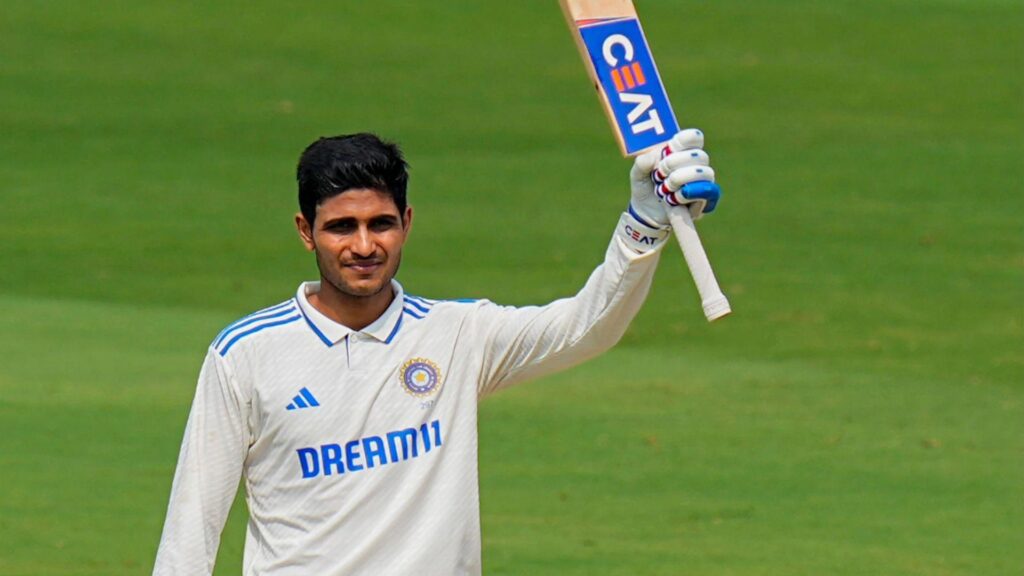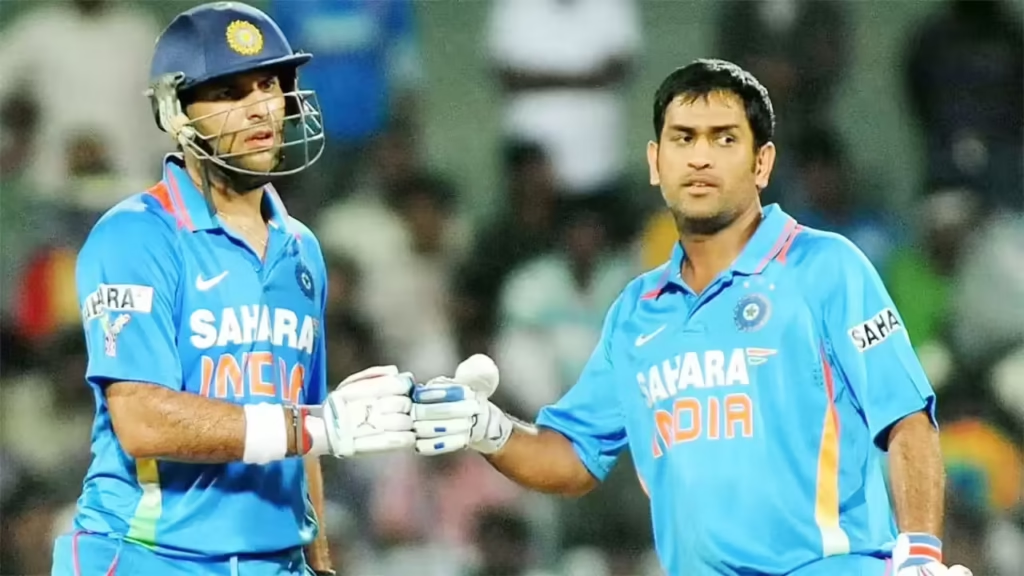Now Reading: West Indies’ Struggles Highlight Need for Two-Tier Test Cricket System
-
01
West Indies’ Struggles Highlight Need for Two-Tier Test Cricket System
West Indies’ Struggles Highlight Need for Two-Tier Test Cricket System

The West Indies’ recent performance against India has reignited discussions about the viability of a two-tier system in Test cricket. On the opening day of their Test series in Ahmedabad, the West Indies were bowled out for just 162 runs, prompting criticism from former India cricketer Aakash Chopra. He questioned whether the current West Indies team meets the standards expected in five-day cricket and suggested that such mismatches could harm the reputation of Test cricket.
Performance Disparity
Chopra highlighted the batting averages of the West Indies’ top six players, noting that most have averages in the 20s, with only one player, Chanderpaul, exceeding a 30 average. He argued that this lack of prowess raises concerns about the team’s competitiveness in Test matches. Additionally, the West Indies have not won a Test match against India in the last 20-22 years, further underscoring the disparity between the two teams.
Debate Over Two-Tier System
The performance gap has intensified the debate over implementing a two-tier system in Test cricket. Proponents argue that such a system would ensure more competitive matches by grouping teams based on their performance levels. However, critics, including West Indies cricket legend Clive Lloyd, caution that this could marginalize smaller cricketing nations and limit their opportunities to improve by playing against top teams. Lloyd emphasizes the need for a fairer distribution of resources and opportunities to support the development of all cricketing nations.
Implications for Tier-2 Cities
For audiences in Tier-2 and Tier-3 cities across India, the West Indies’ struggles serve as a reminder of the challenges faced by teams outside the top rankings. These regions, where cricket is a significant part of the cultural fabric, may find the lack of competitive matches less engaging. A two-tier system could potentially address this by ensuring more evenly matched contests, thereby maintaining the interest and enthusiasm of fans in these areas.
Conclusion
The recent Test series has highlighted the existing disparities in Test cricket, raising valid concerns about the competitiveness of certain teams. While the implementation of a two-tier system remains a contentious issue, it underscores the need for structural reforms to ensure the long-term health and appeal of Test cricket. Balancing competitiveness with inclusivity will be crucial in shaping the future of the sport.

























